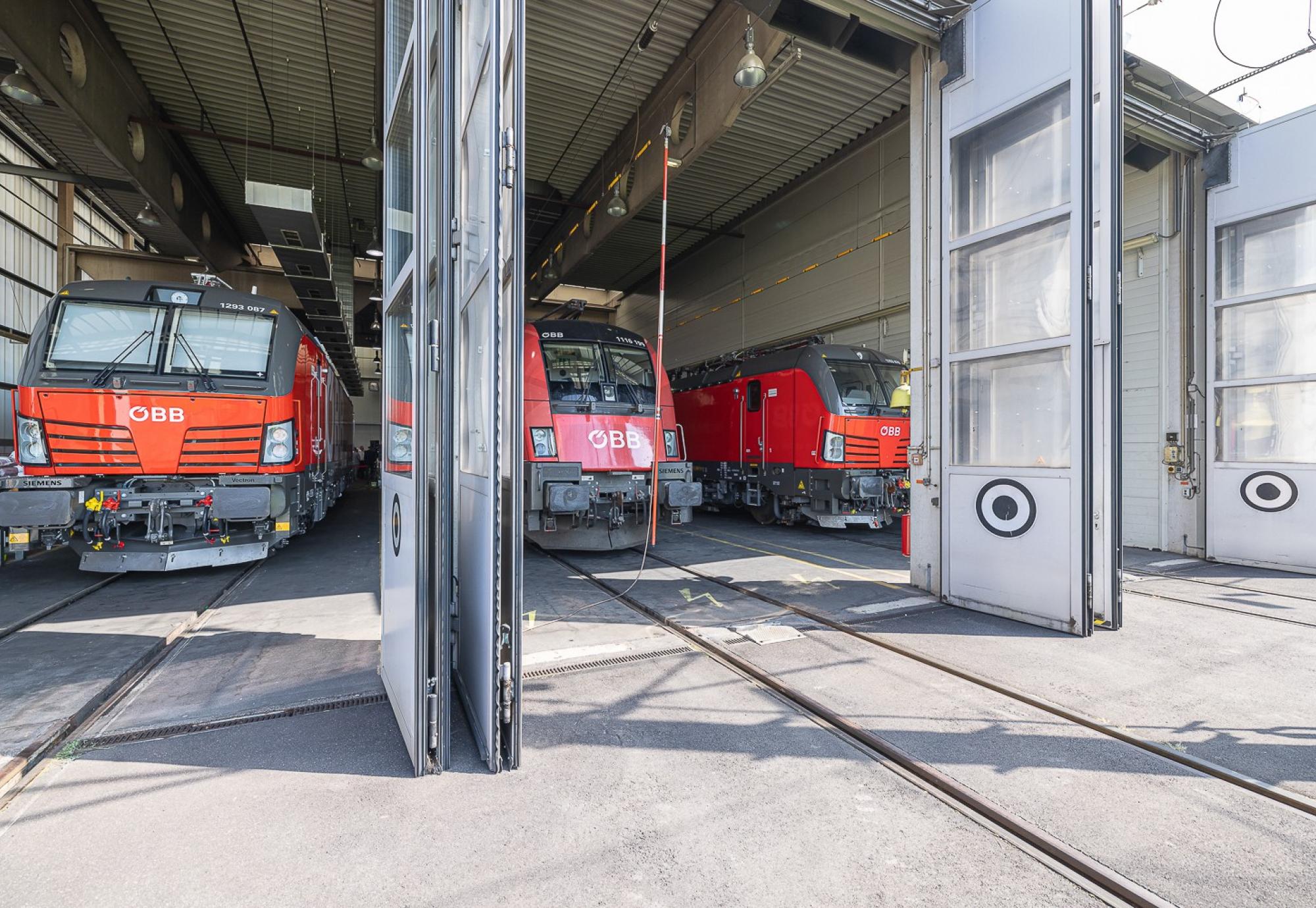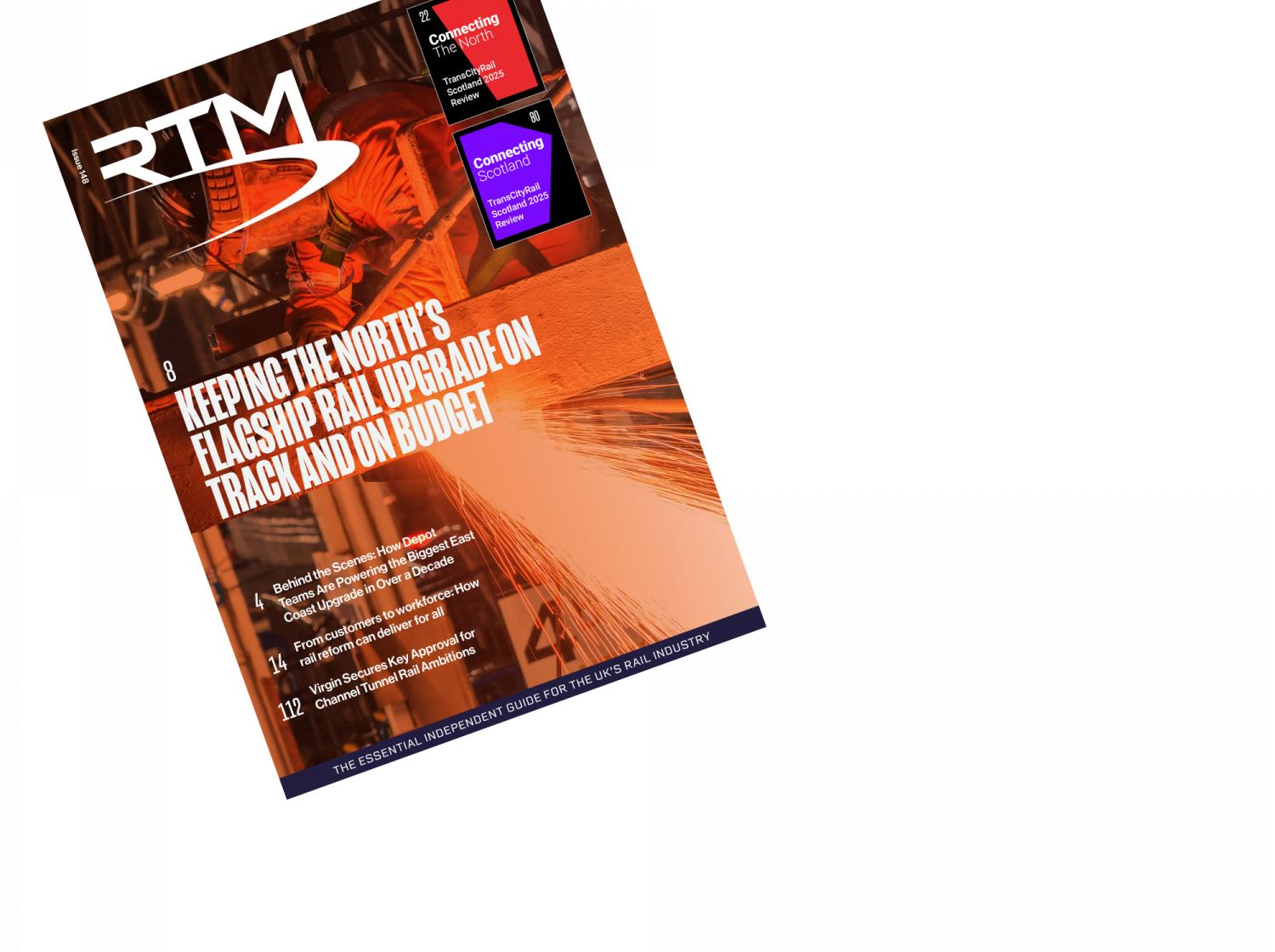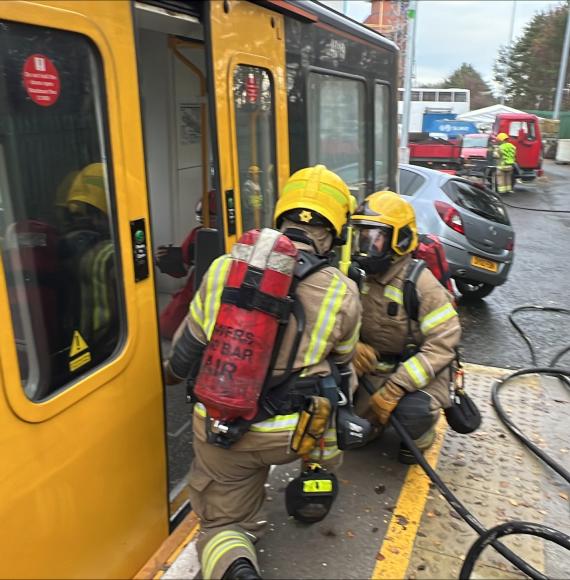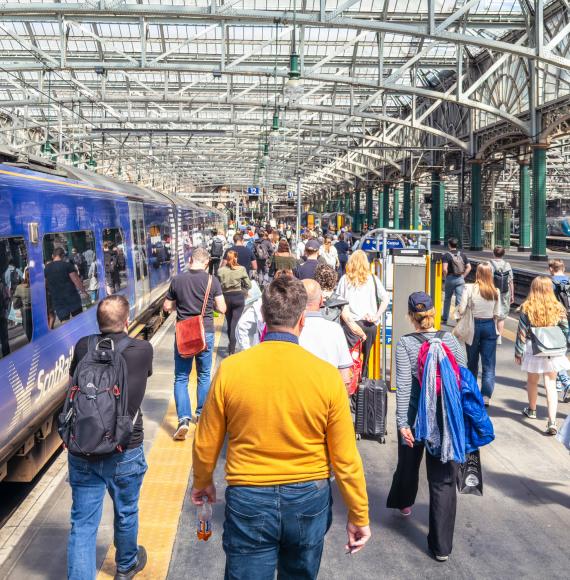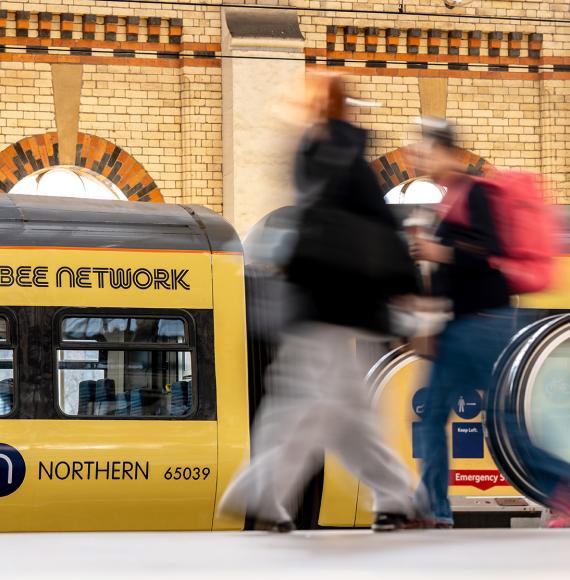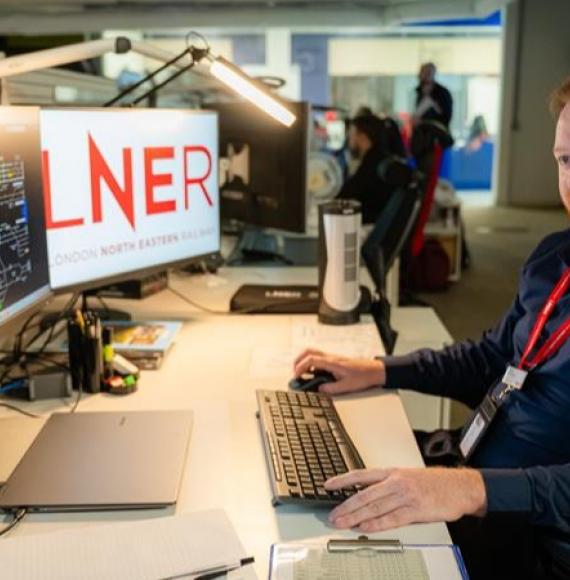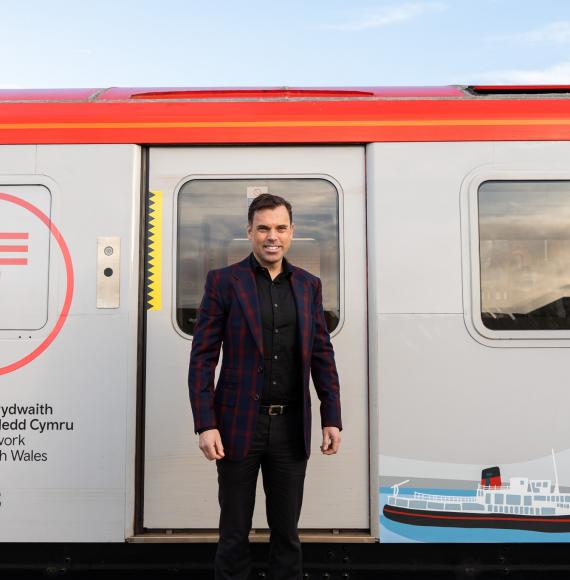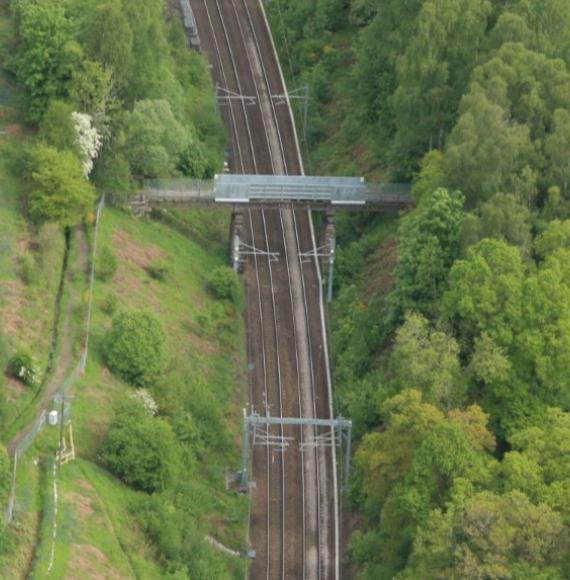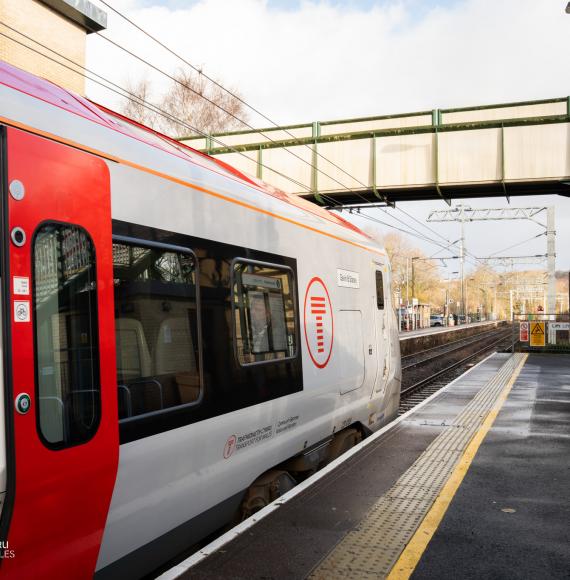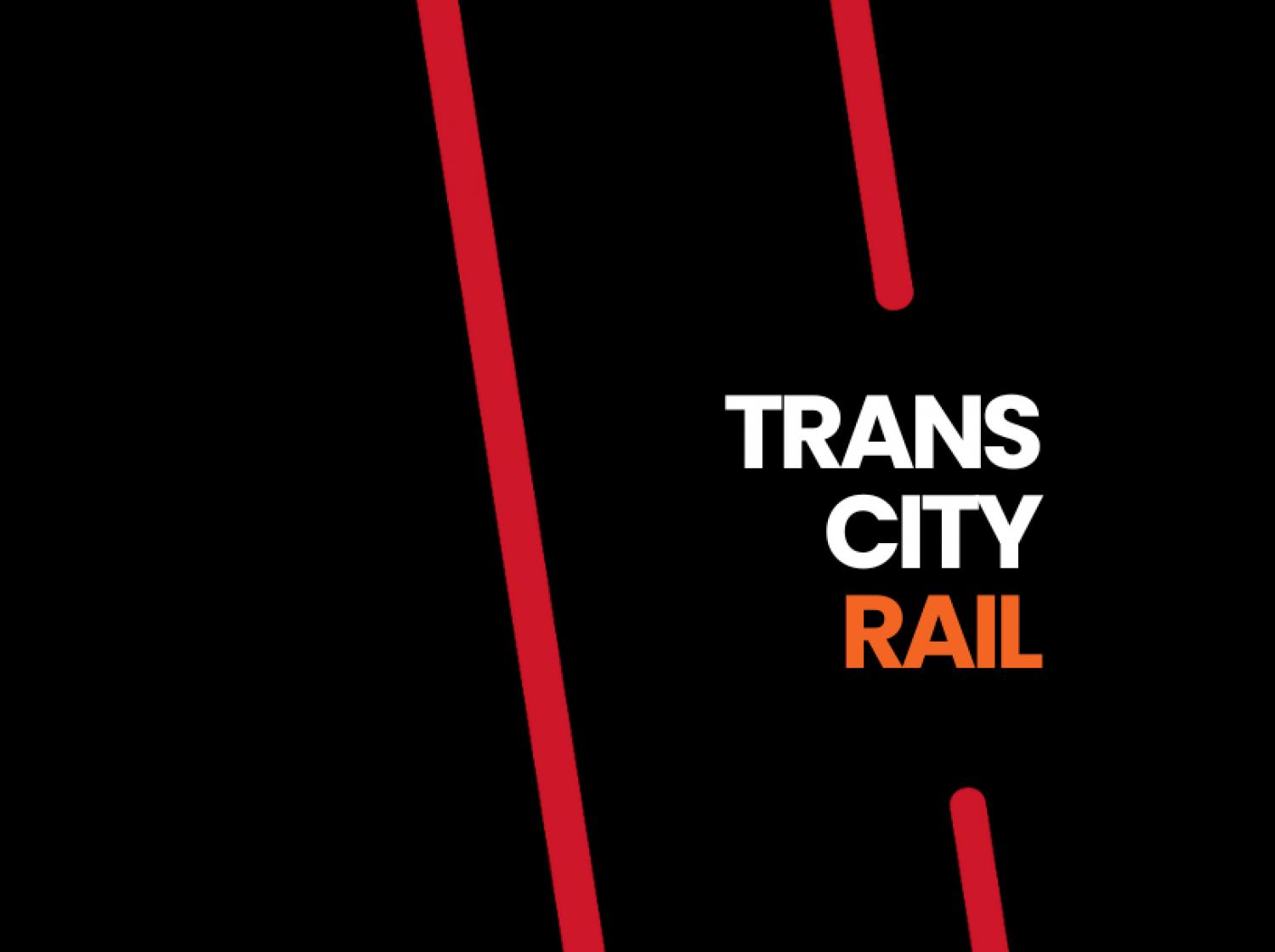Siemens Mobility and ÖBB (Austrian Federal Railways) have announced a framework agreement to digitize the Austrian rail network with ETCS Level 2 technology. The agreement covers the expansion of ETCS Level 2 throughout Austria's high-level rail network, the establishment of so-called ETCS Radio Block Centers (RBCs), and the maintenance and servicing of these facilities.
The first section of the Austrian rail network to be equipped with ETCS Level 2 is the 57-kilometer route between Linz and Vöcklabruck. This section went into operation at the start of August. The framework agreement also includes installation of a total of 21 ETCS Radio block center’s by 2038, which will provide fail-safe coverage for Austria's entire high-level rail network.
The project is expected to cost around €900 million. ÖBB-Infrastruktur AG, the owner of Austria's rail infrastructure, will invest €200 million in the train control system by 2026.
"Efficient railway infrastructure is critically important for achieving Austria's climate goals," said Dipl.-Ing. Dr. Johann Pluy, CEO of ÖBB-Infrastruktur AG. "To help us handle the expected increase in rail traffic and shift away from roads, we are relying extensively on digital initiatives, and ETCS Level 2 is an enormously important component for railways of the future."
"We are proud to be working with ÖBB to equip the Austrian rail network with ETCS Level 2," said Andre Rodenbeck, CEO rail infrastructure at Siemens Mobility. "The commissioning of this route marks an important milestone in ÖBB's continuing expansion of ETCS coverage. The use of ETCS Radio Block Centers and our innovative software-based DS3 safety platform will significantly increase route capacity and make the Austrian railway system one of the most modern in the world."
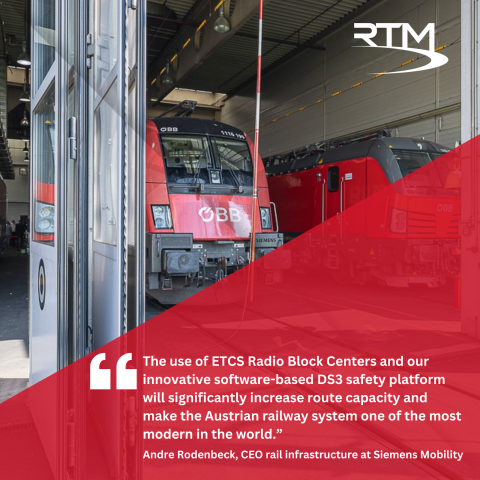
With ETCS Level 2, data is transmitted from the ETCS Radio Block Center to trains via GSM-R train radio. Data balises in the tracks are used to determine a train’s position and relay unalterable route data.
Once that data has been received, the RBC generates the driving permit and sends it to the train. This continuous flow of information means that drivers have an “electronic vision” which has established a basis for autonomous driving at high speed.
Photo Credit: OBB

